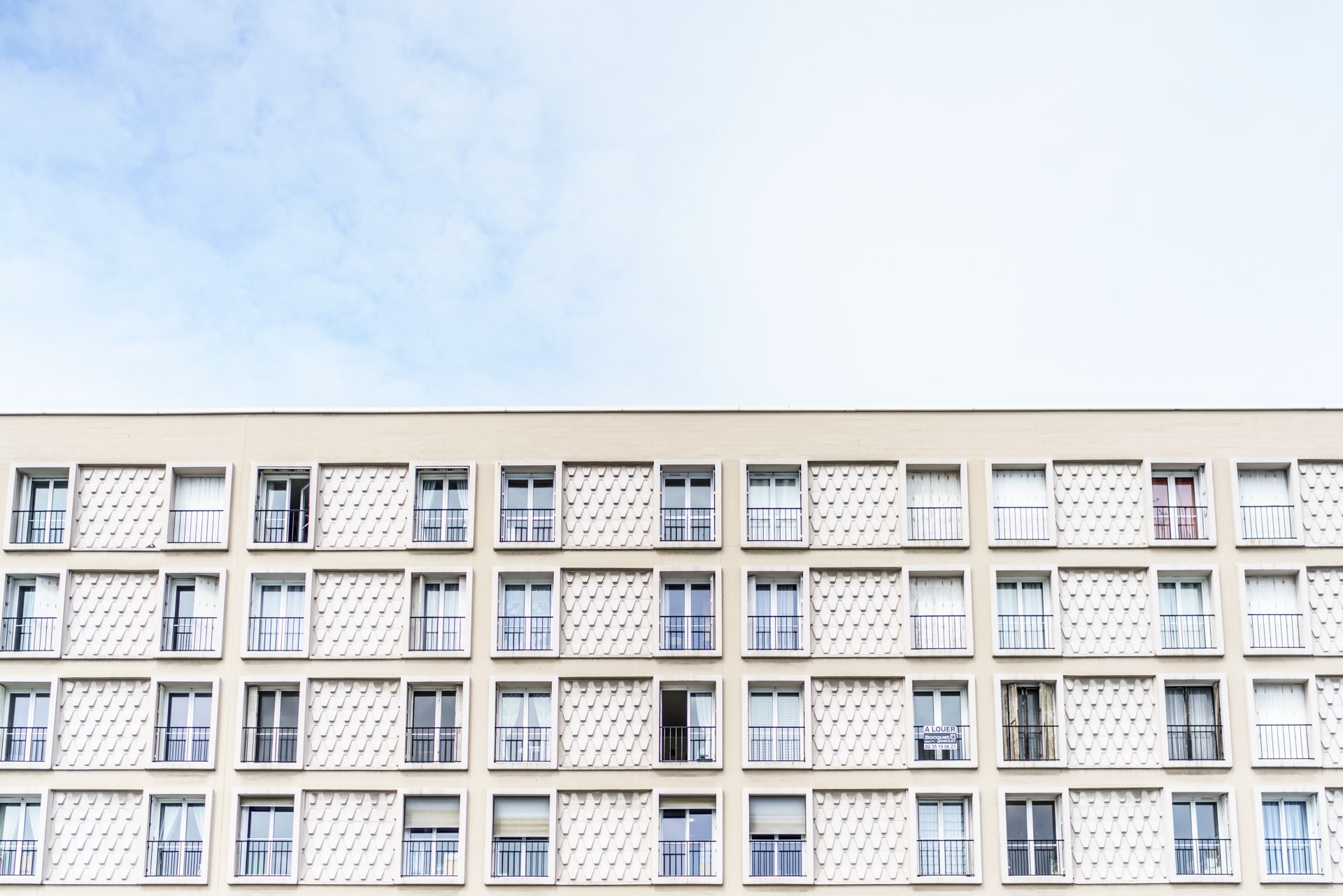
How I pondered beauty in Le Havre
“Different is also beautiful”, I take this insight home as a souvenir from Le Havre. Le Havre is “different” from many of the cities I’ve visited so far. When I arrived two days ago, Le Havre was covered in grey clouds. Coming from the train station, the first massive concrete buildings soon appeared in front of me. Dreary, grey, desolate. No, at first glance Le Havre is not a classic beauty and visually resembles prefabricated housing estates, which are usually synonymous with failed urban development. In Le Havre, however, it was not a clumsy, loveless prefabricated building, but a city was rebuilt that put the quality of life of its inhabitants in the foreground. The beauty of le Havre lies in the details on the one hand and in the big picture on the other.
A concrete city as a UNESCO World Heritage Site
Between 1946 and 1954, Auguste Perret, with a team of more than 60 architects, built more than 100 new buildings, including a church and town hall, in the centre of Le Havre. Perret aligned the orthogonal floor plan of the new city centre with the masses of the Bassin de Commerce and ran it through as a grid. The new buildings were constructed according to the principle of mass housing construction with exposed concrete elements. It is not only the quality of the concrete and the different colour variations that are outstanding, but also the newly created quality of living. Perret wanted to bring the maximum amount of light, air and sun into the apartments for all residents.
I really became aware of the special quality when visiting the show apartment (Appartement Témoin), whose floor plan has lost none of its modernity to this day. An apartment that I would love to move into immediately. Since 2005, when UNESCO placed the city centre on the list of World Heritage Sites as the only urban ensemble from the 20th century to date, the apartments have been in demand again. In any case, thanks to this nomination by UNESCO, Le Havre has received an appreciation and corresponding attention. Deserved, I think. Rarely has a walk through the city brought me so many new insights into urban planning qualities.
The masterpiece of the ensemble is the church of Saint-Joseph, the construction of which was completed by the Le Havr architect Raymond Audigier after Perret’s death. The church was completed in 1957. The tower’s impressive play of colours was designed by the artist Marguerite Huré in collaboration with Perret. Who would have thought that a concrete church could fascinate me so much? But even the other buildings, which I would not have classified as “beautiful” at first glance, I perceive differently in the context of the history of their creation and with the color nuances of the concrete shimmering in the sunlight.
Le Havre quickly turned out to be an architectural grab bag for me. The diversity of modern buildings is not exhausted by Perret’s work. Since 1982, Oscar Niemeyer’s “Le Volcan” cultural centre, with its white curved shapes, has provided a daring contrast to Perret’s buildings in the city centre. According to my guide, this building was also despised by the “Havrais” for a long time and ridiculed as ugly. Thanks to an extensive renovation with the integration of a media library, the building was rehabilitated two years ago. By the way, the detour to the media library is not only worthwhile if you are looking for free Wi-Fi, but also because of the great design of the “little volcano”.
Le Havre and the Impressionists
In 1962, the newly created city centre was completed with a bold building. Atelier LWD designed the Musée d’art moderne André Malraux (MuMa), which houses the second largest collection of Impressionist works in France. I was impressed by how naturally this building fits into the Perret apartment blocks all around and looks like a modern new building despite the 50 years on its back. The light-flooded front faces the sea. I dare to say that even those who are not interested in Impressionism will be enthusiastic about this museum. A simple, beautiful museum building.
This year, Normandy will host the Impressionism Festival for the third time. The MuMa is dedicating its current exhibition to the pictorial universe of Eugène Boudin. Not far from the museum is the spot where Boudin once brought the lighthouse to the canvas in his “Coup de Vent devant Frascati”. On the impressionist walk from Le Havre to Sainte-Adresse, you can travel back in time to the era of Boudin and Monet with the help of information boards and the accompanying app. It is exciting to see how individual subjects have been able to survive to this day and how the landscape has been completely changed by human hands in some places.
Preserving the old or daring to break new ground?
In 2017, Le Havre will celebrate its 500th anniversary. The largest city in Normandy is a young city and was originally built as a war port in a strategic location at the mouth of the Seine. Today, Le Havre has the second largest port facility in France after Marseille. Due to the destruction of large parts of the city towards the end of the 2nd World War, there are only a few buildings left that reflect part of historic Le Havre. Symbol of this period is the Notre-Dame Cathedral from the first half of the 16th century. It’s worth taking a look. The colonnade more than lives up to the classic concept of beauty. In addition, part of Le Havre resisted the buildings of Auguste Perret. The Quartier Saint-François, between the Bassin de Commerce and the port facilities, was rebuilt in the style of the pre-war buildings with bricks and exemplifies what the appearance of Le Havre was like before Perret. Do I find this part of the city more beautiful than the city centre? At the beginning of my journey, I would have answered yes to this question. Now I’m not sure anymore.
Enjoy Le Havre
Pondering beauty and basic urban planning principles makes you hungry. I especially liked the restaurant Le Fleur de Sel (50 Quai Michel Fère). I went here for lunch and found both the appetizer and dessert to be excellent.
In the days of Boudin and Monet, Le Havre was an up-and-coming seaside resort. Due to the port facilities and refineries, Le Havre was deprived of its status as a “seaside resort”. The associated pollution of air and water was too severe. Today, Le Havre is once again a “seaside resort” and boasts a great lakeside promenade. On fine evenings, the Havrais meet here, sit on the finely polished pebbles and admire the nightly spectacle of the sunset. Here on the coast, April weather prevails even in May. The light and clouds change every few minutes. Instead of canvas and brushes, I capture the mood with my camera. I’m sure Boudin would be proud of me.
More tips for your city trip to Le Havre
- I travelled to Le Havre by TGV via Paris. The journey takes just under seven hours
- With a view of the volcano, you can sleep in the Hotel Oscar (in the style of Perret) or vis-à-vis in the ARThotel. I found the Oscar more charming, but had a great corner room on the sixth floor in the ARThotel with probably the best view of the square
- Le square Saint-Roch is a green oasis in the heart of the city centre. The Jardins Suspendus are located outside the center in the former citadel above Saint-Adresse with a great view of the city.
- Head for the Quartier Saint-Vincent for hip boutiques and quirky shops
Note: With this entry I am participating in the French City Award 2016. The trip was supported by France Tourism and Le Havre Tourism. All impressions are my own.



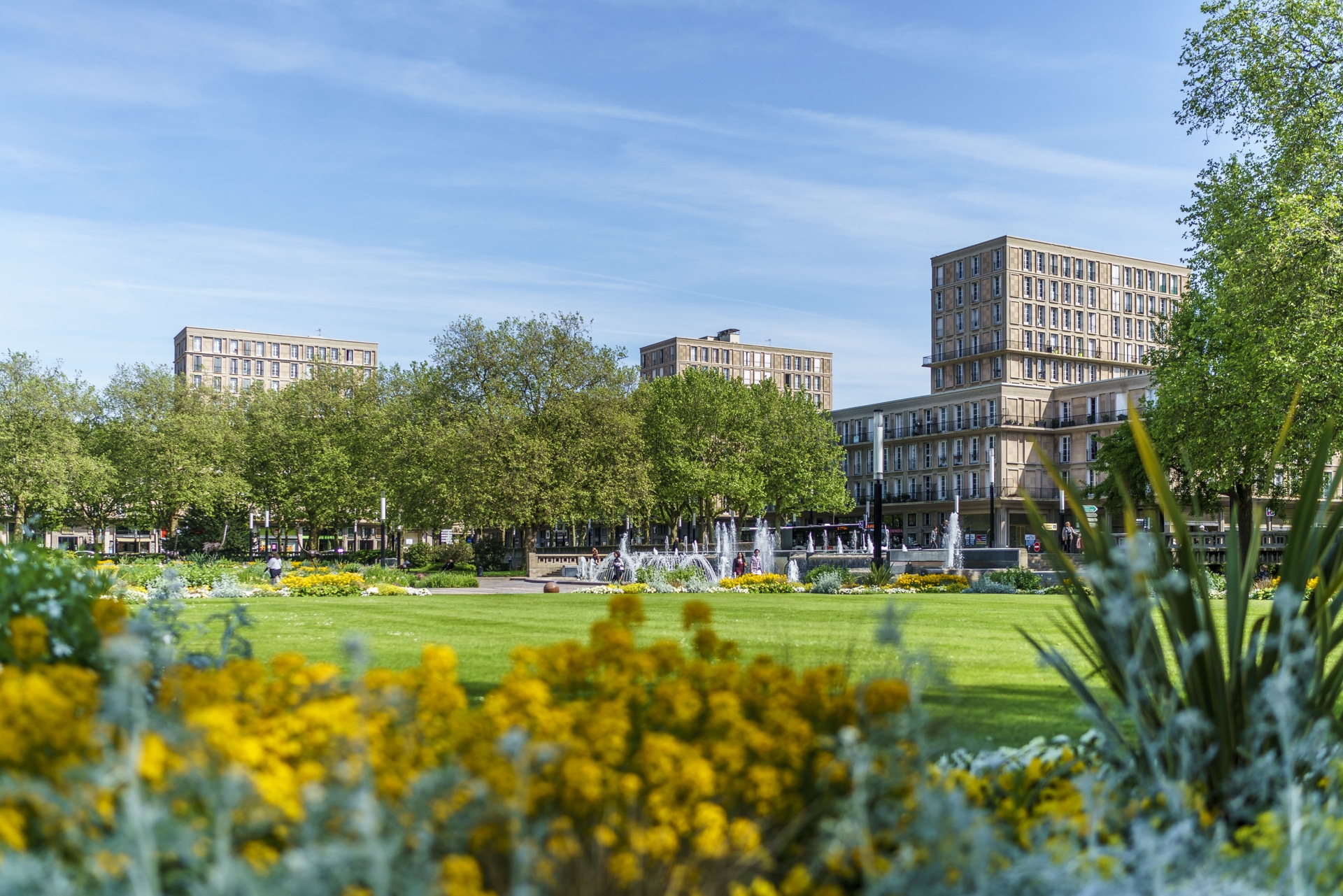
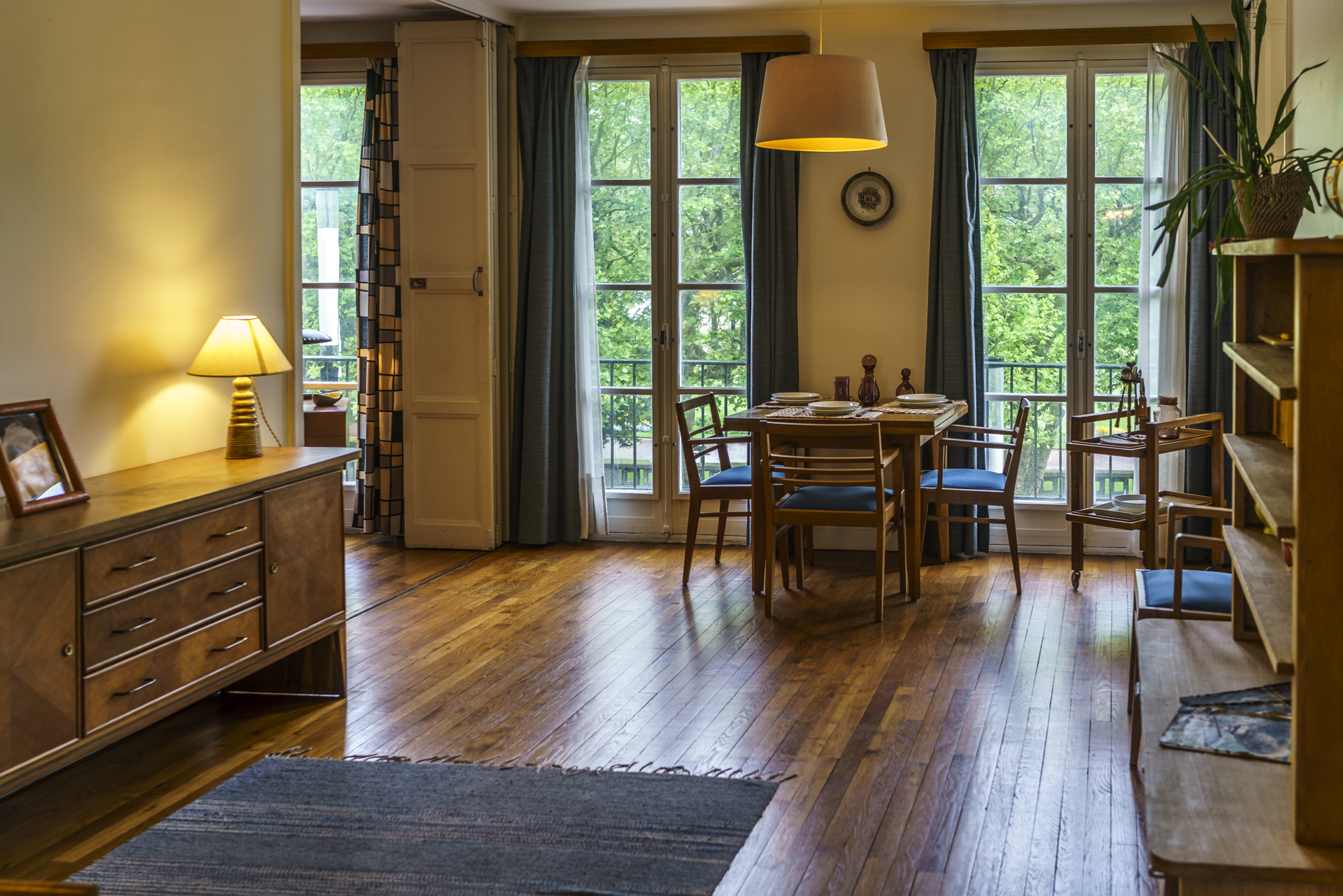
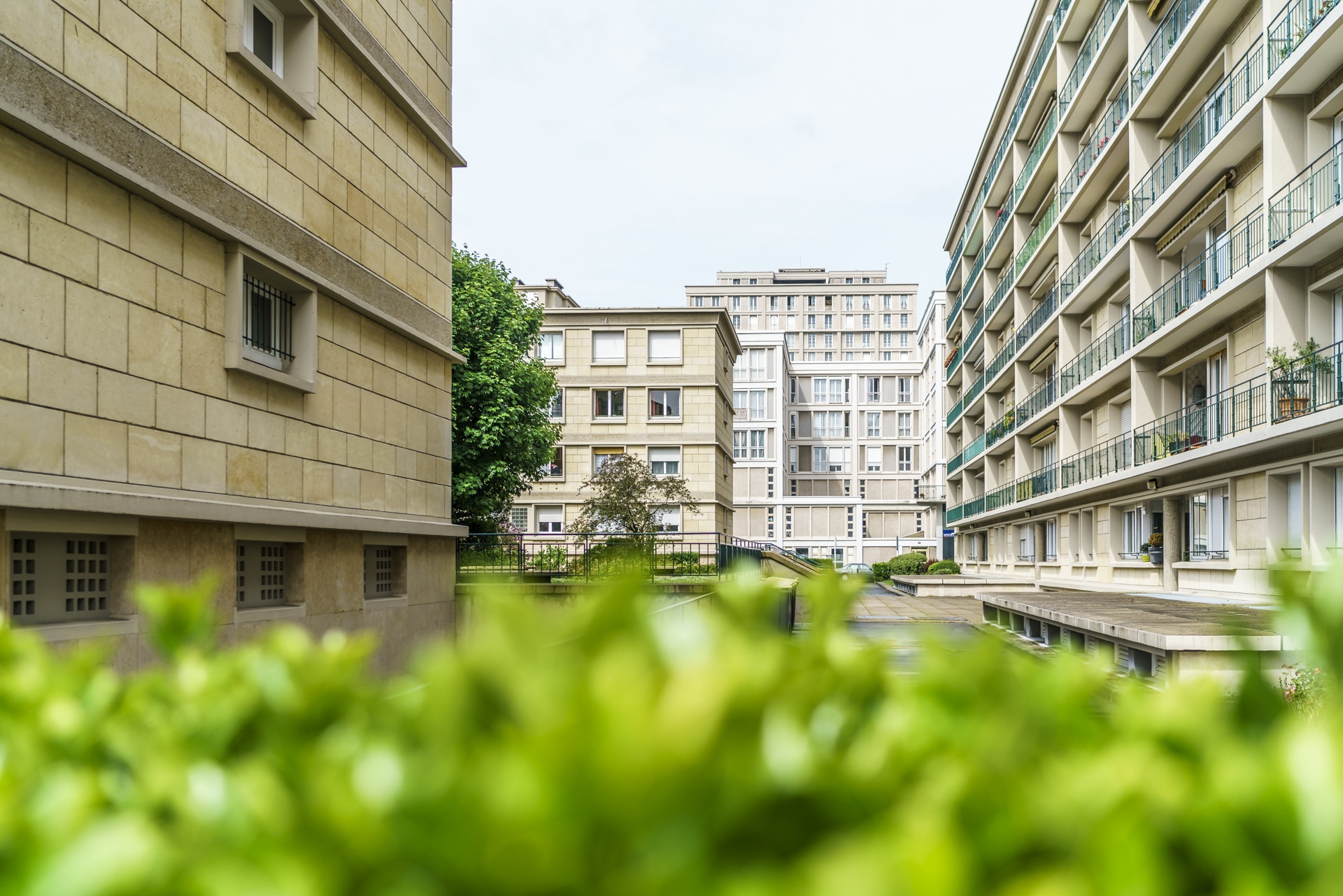
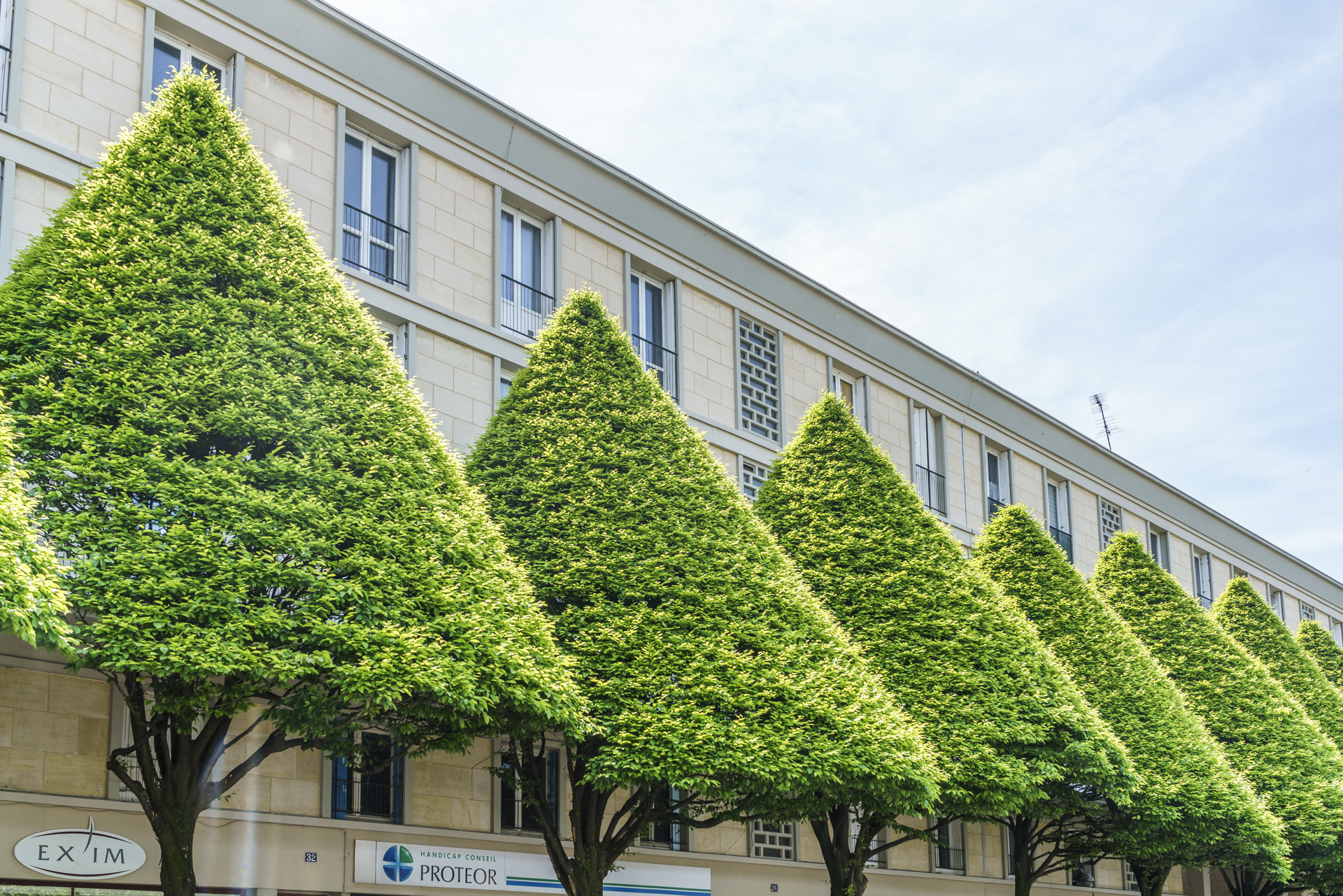

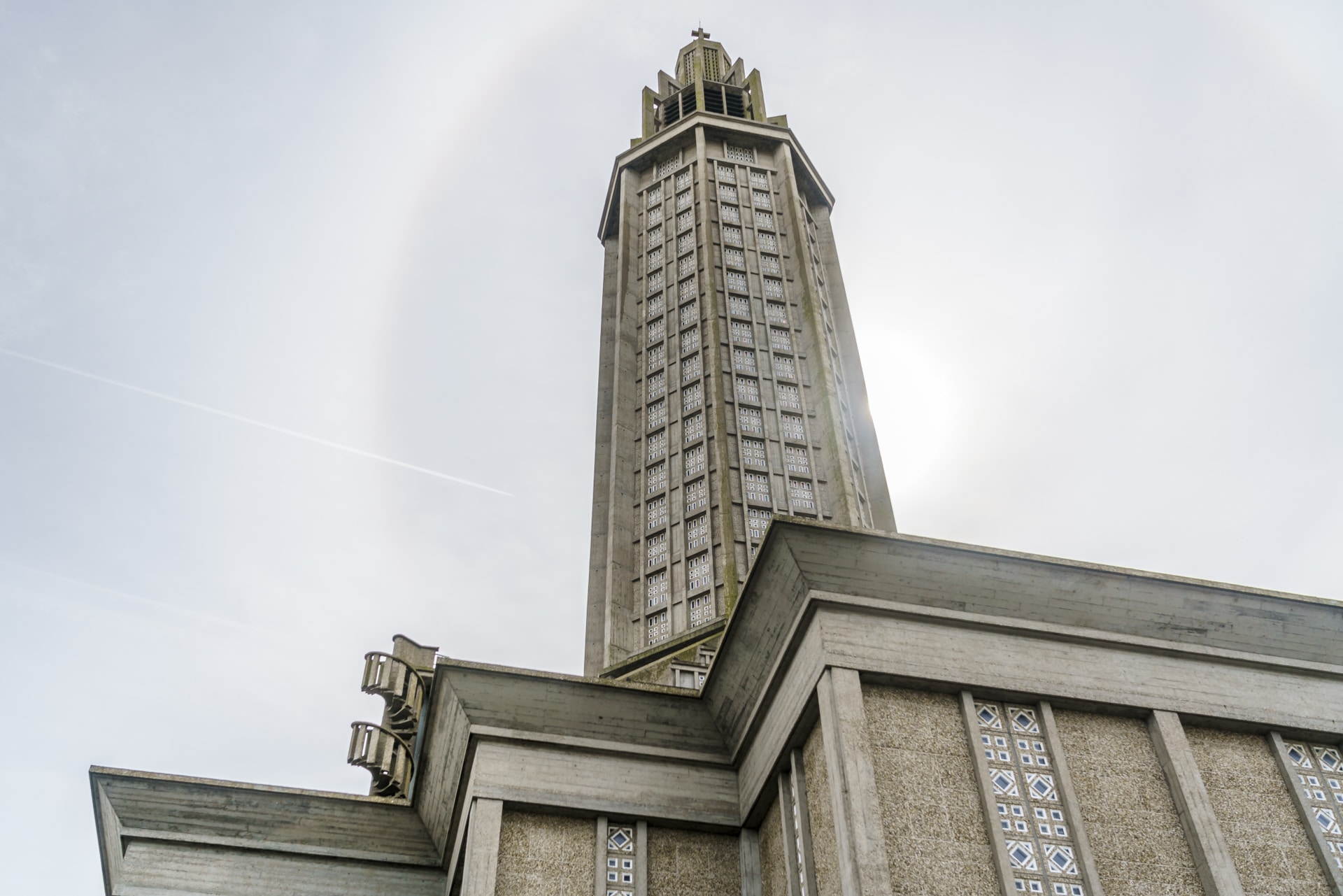

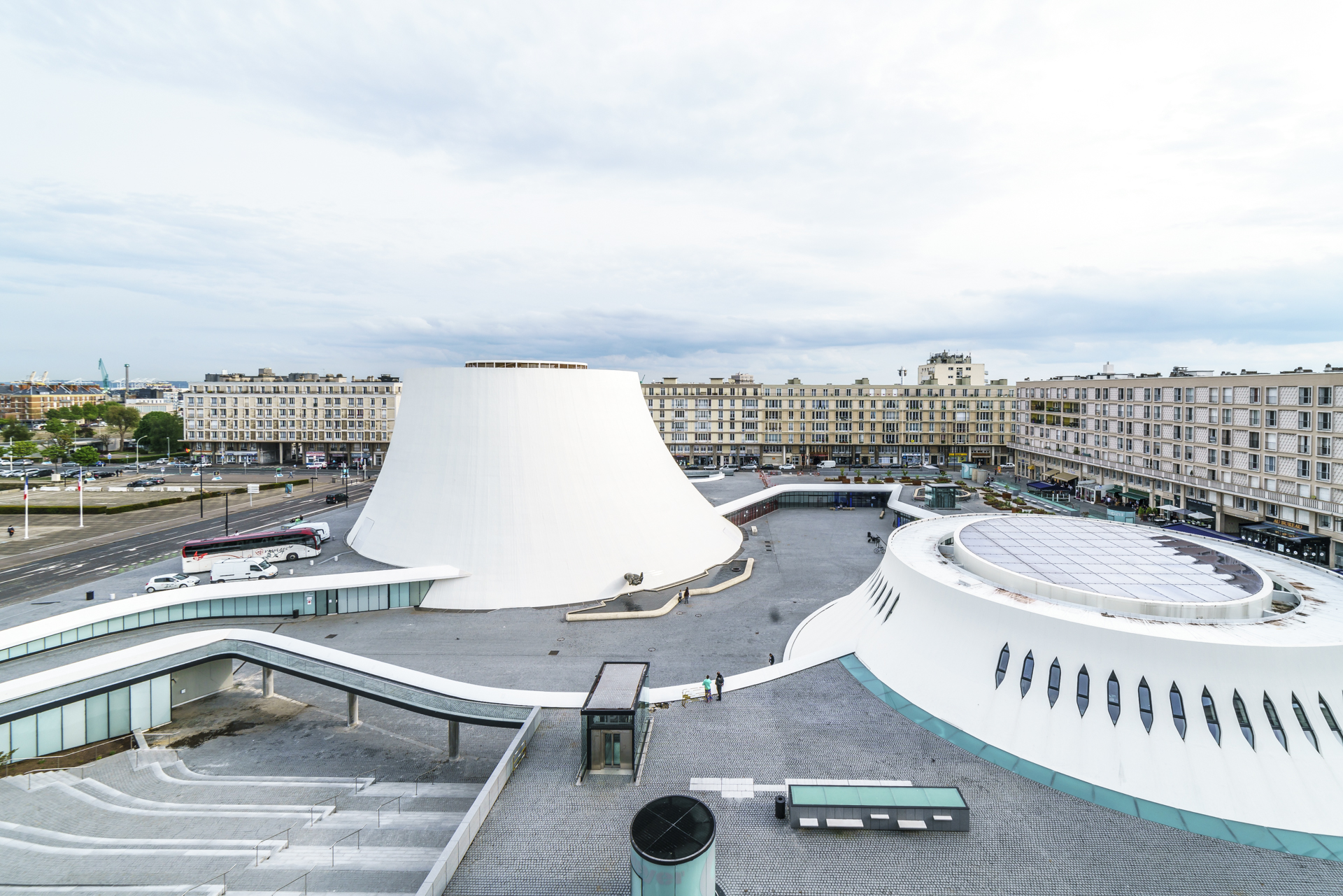



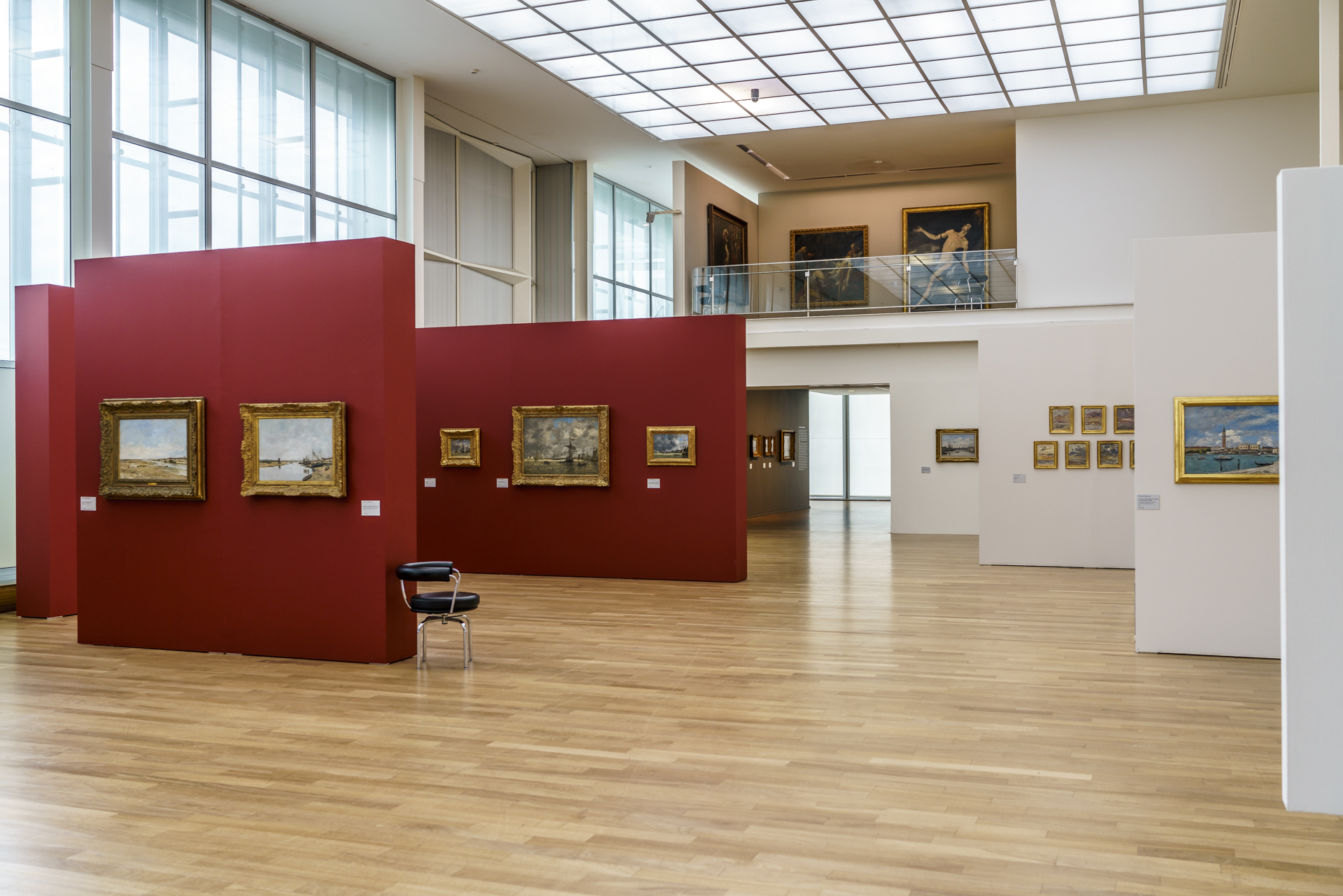
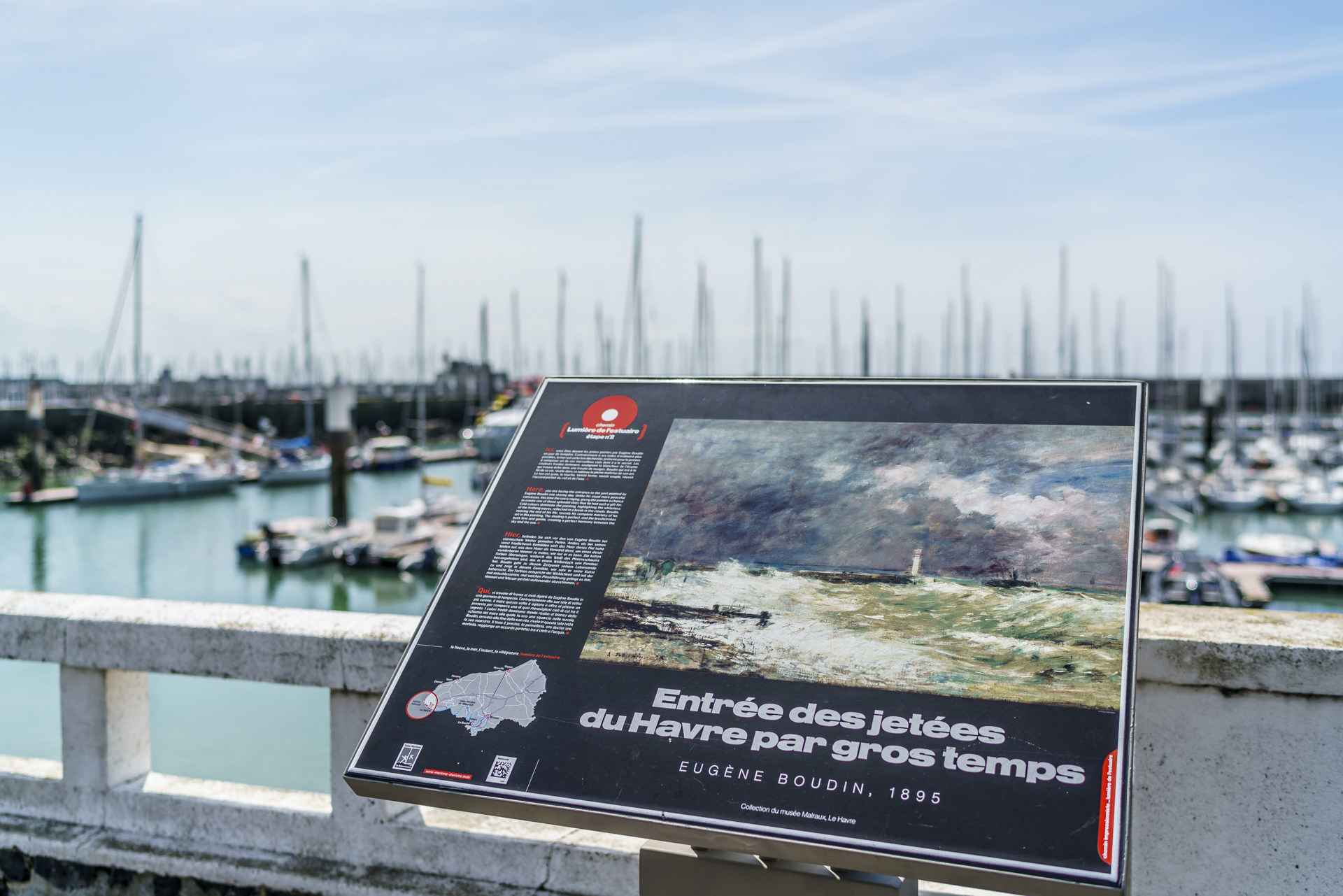
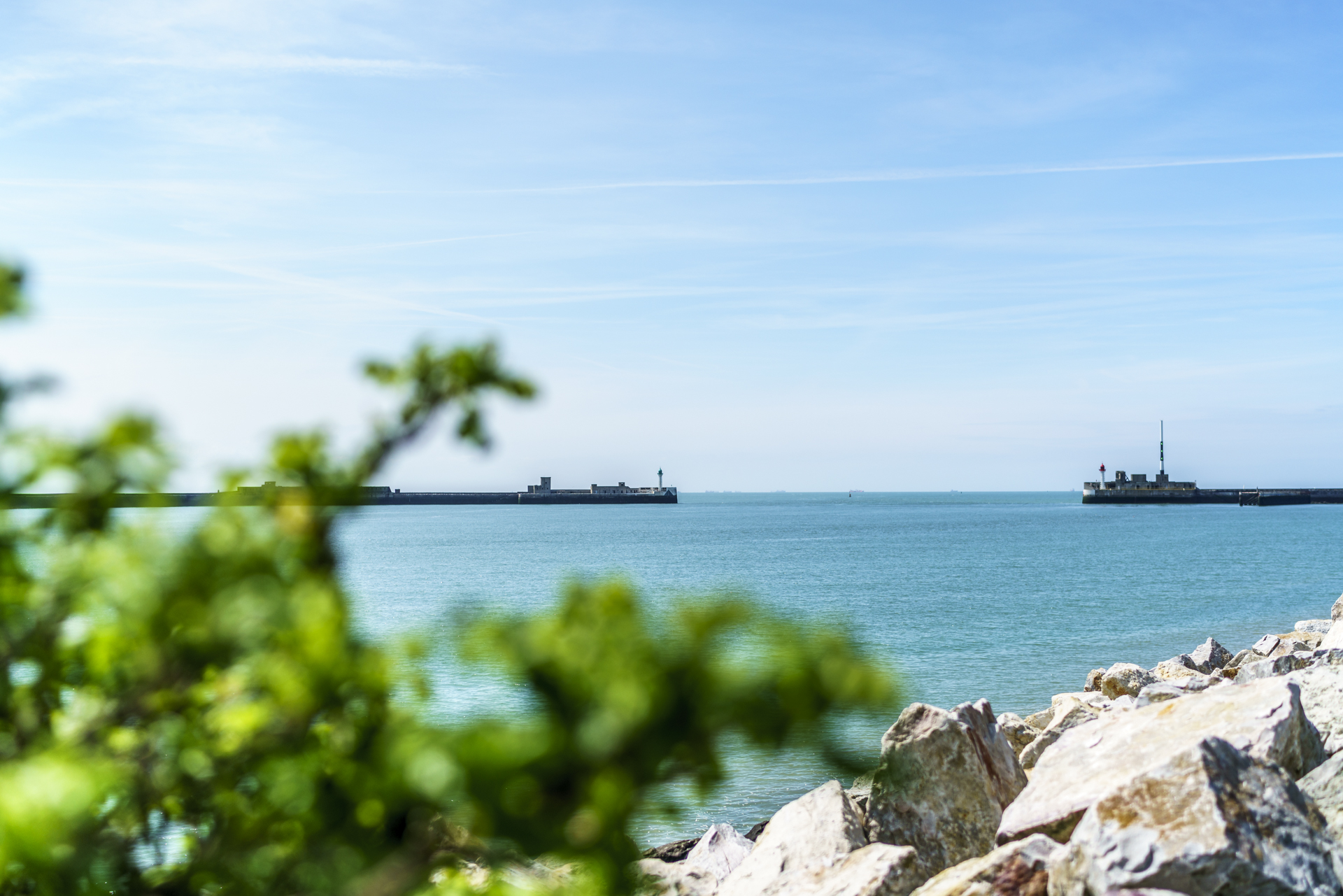

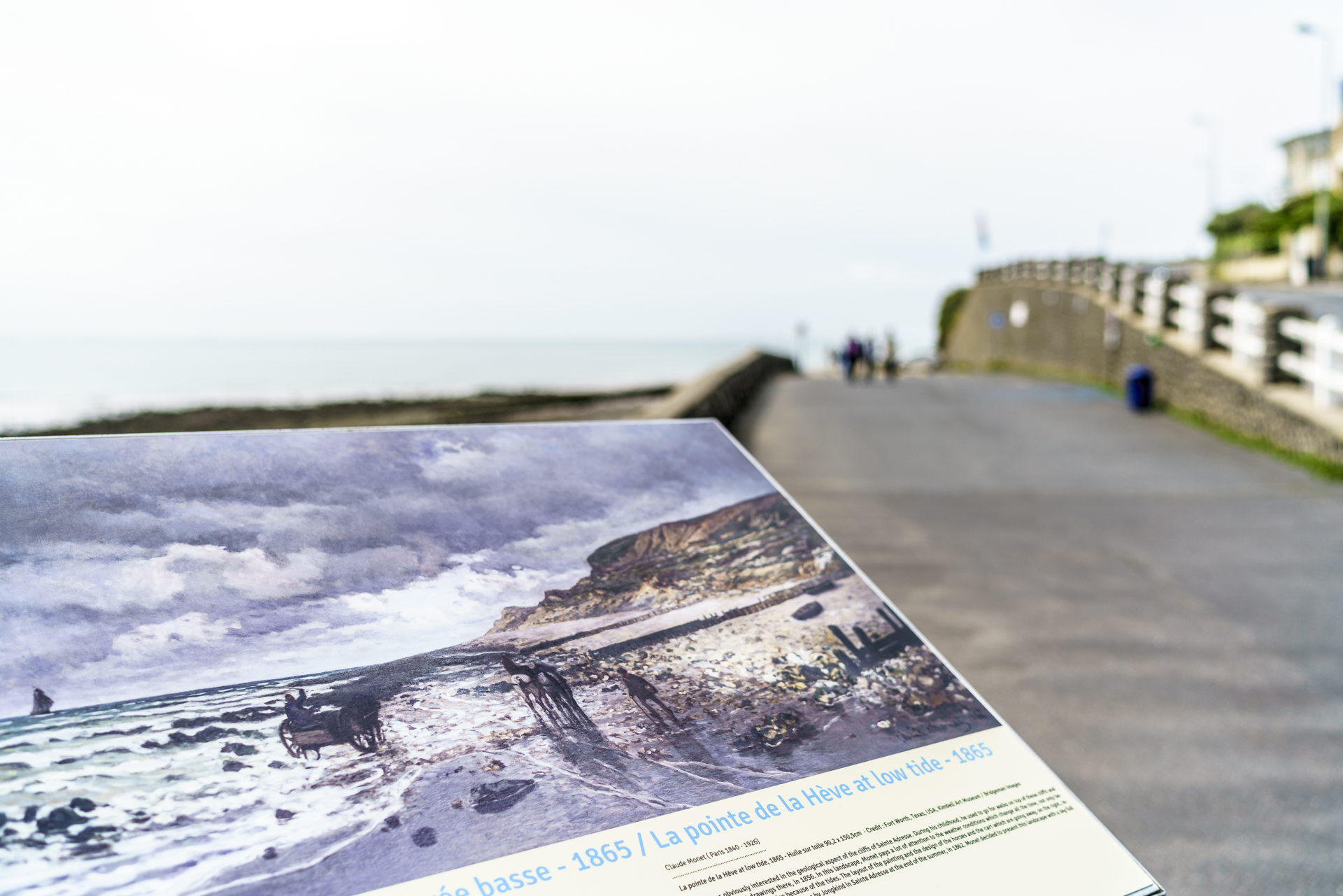
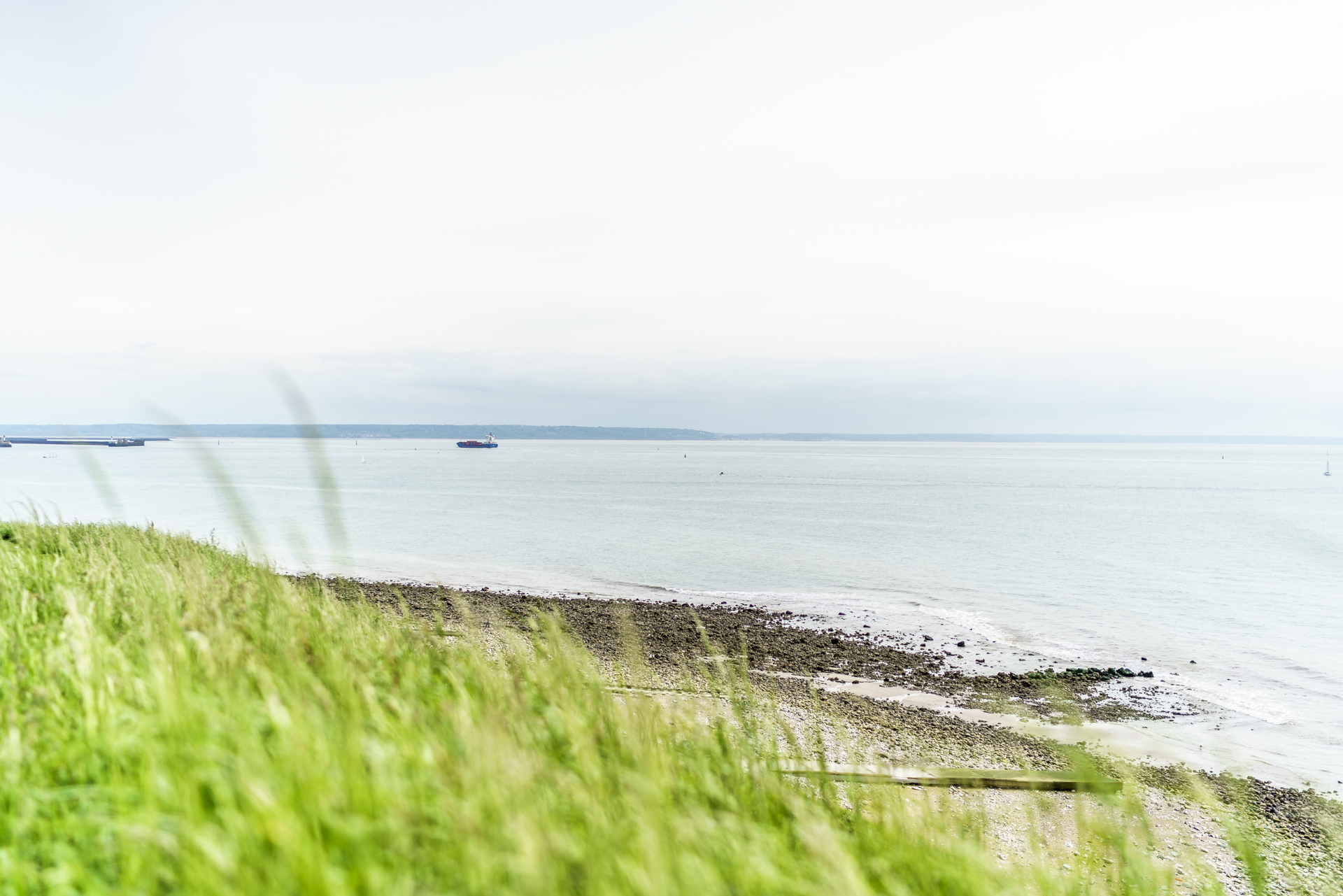
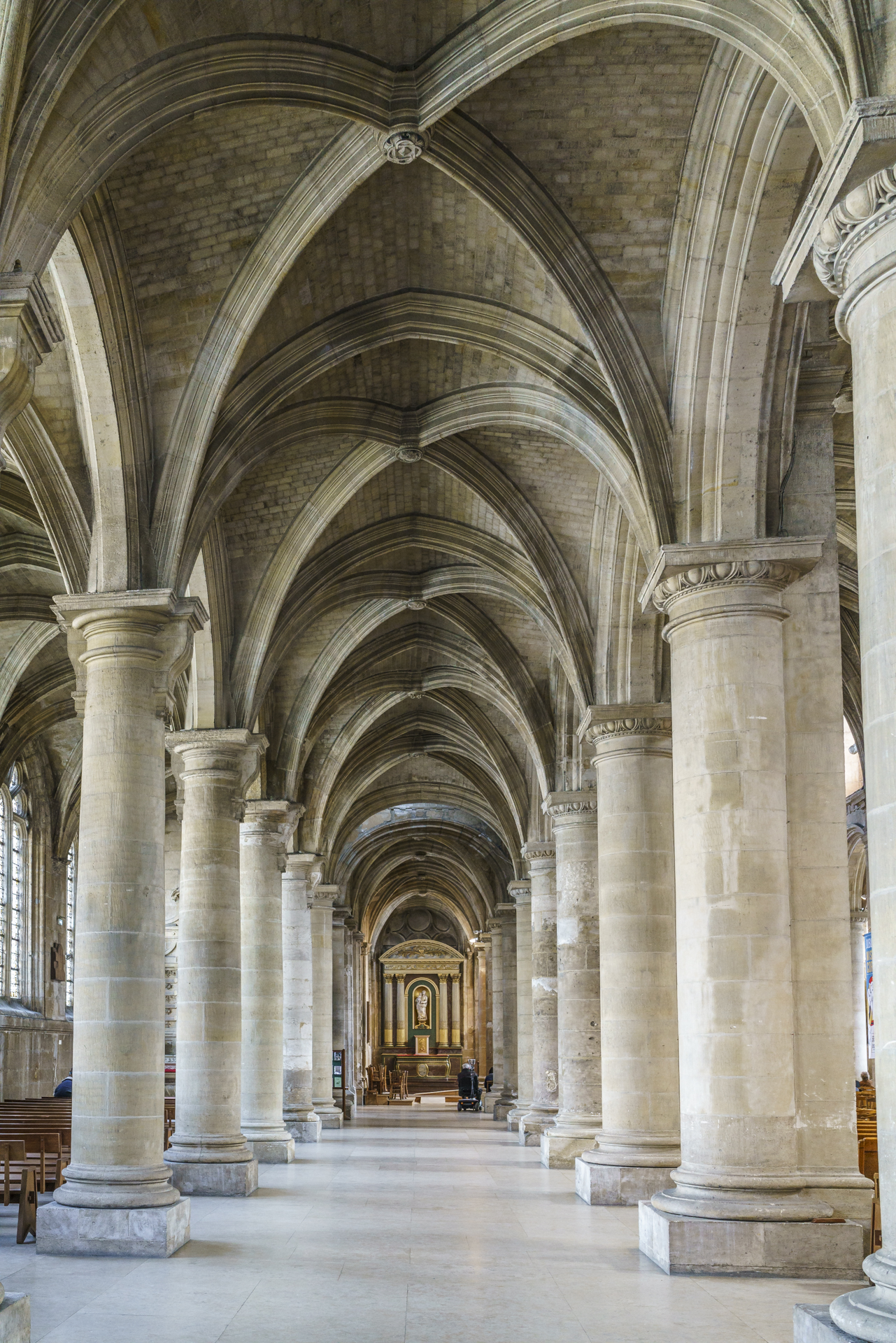
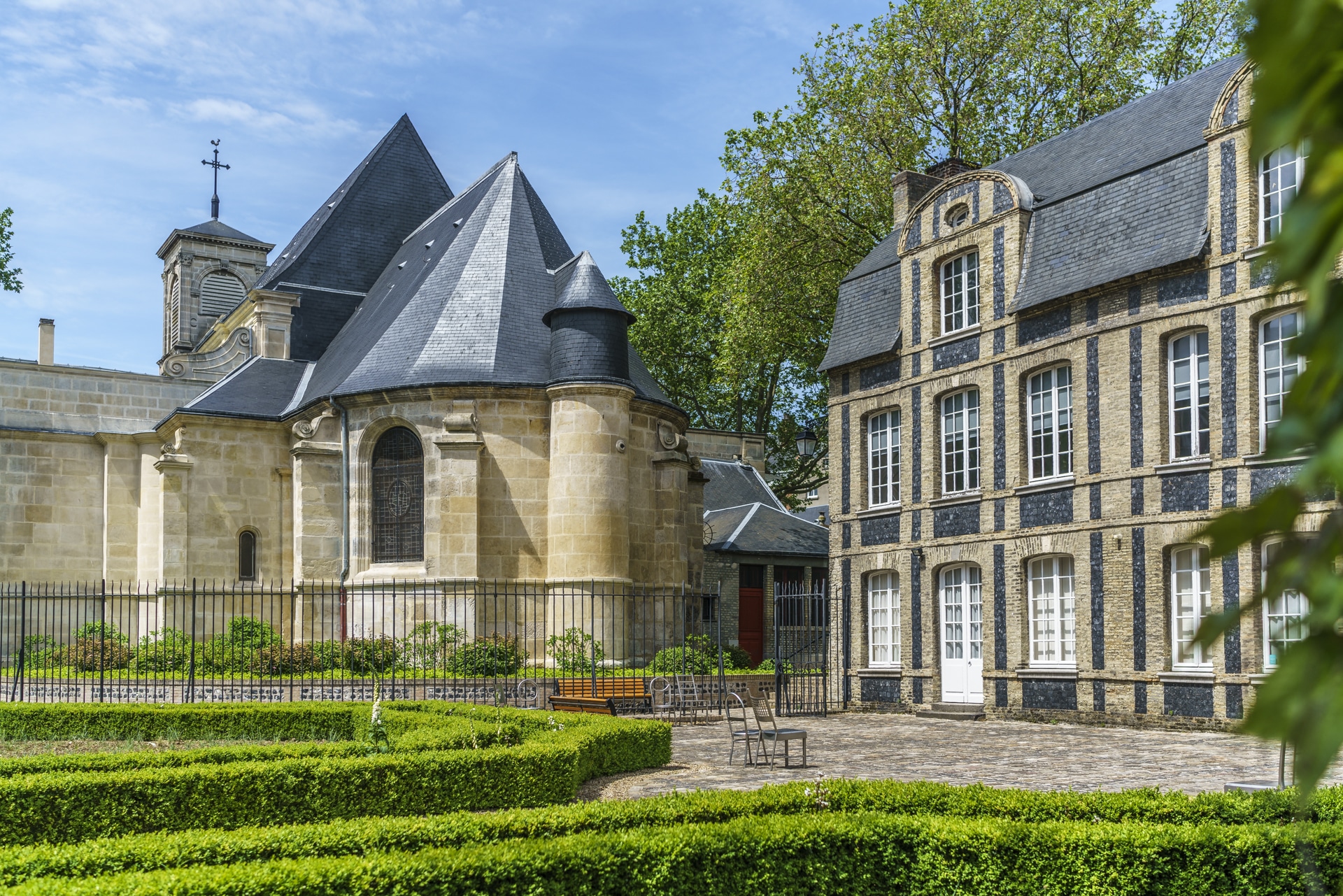
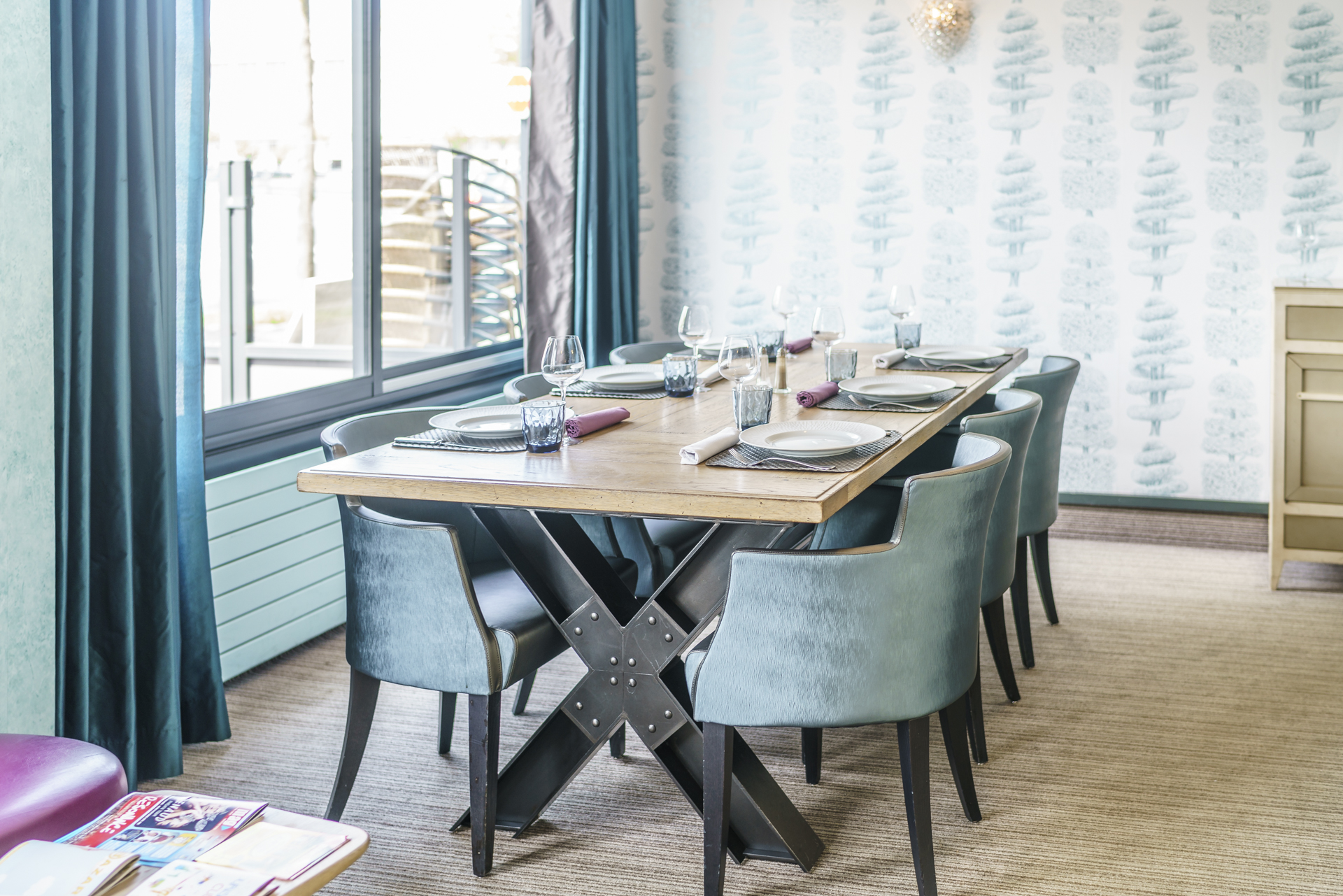
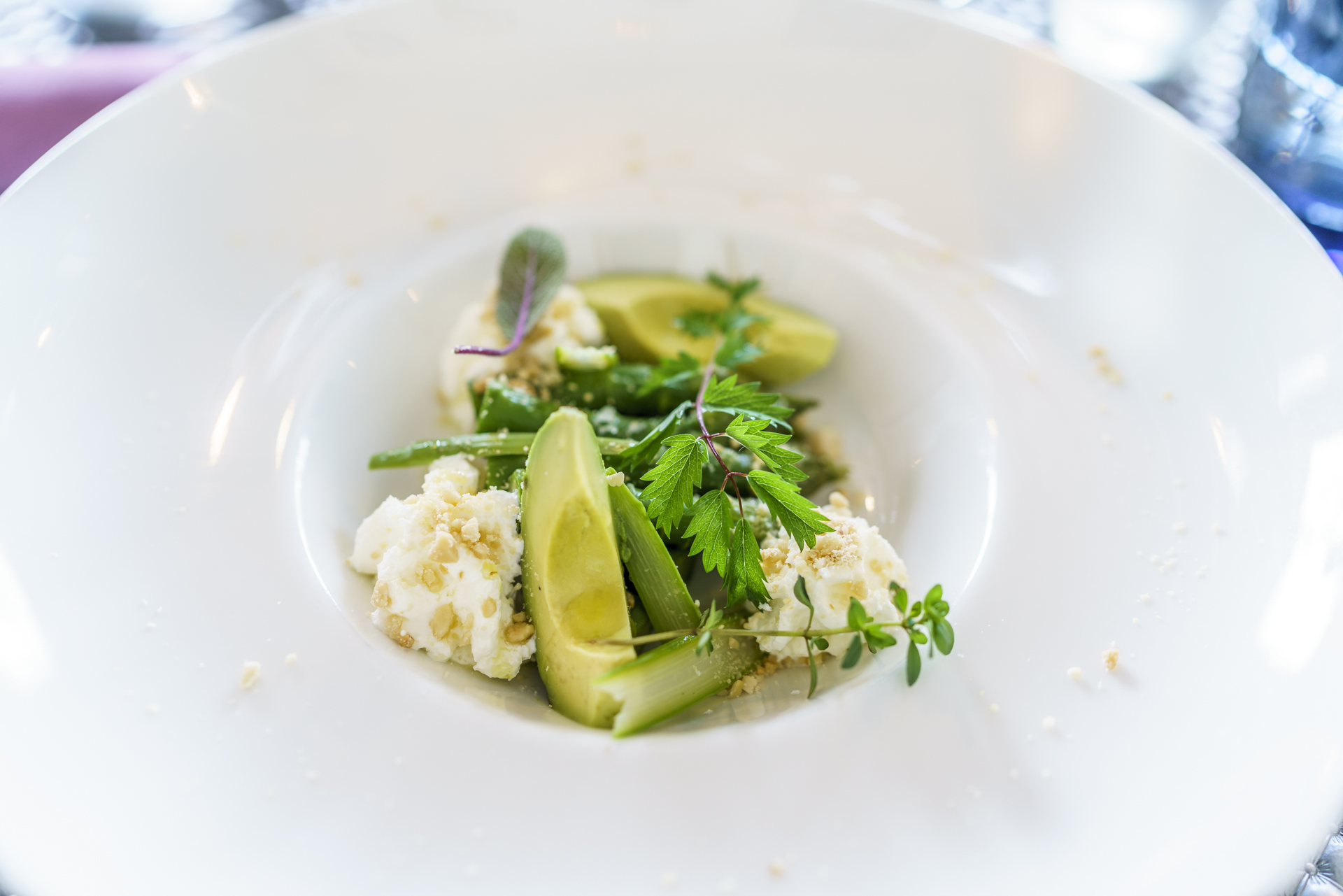
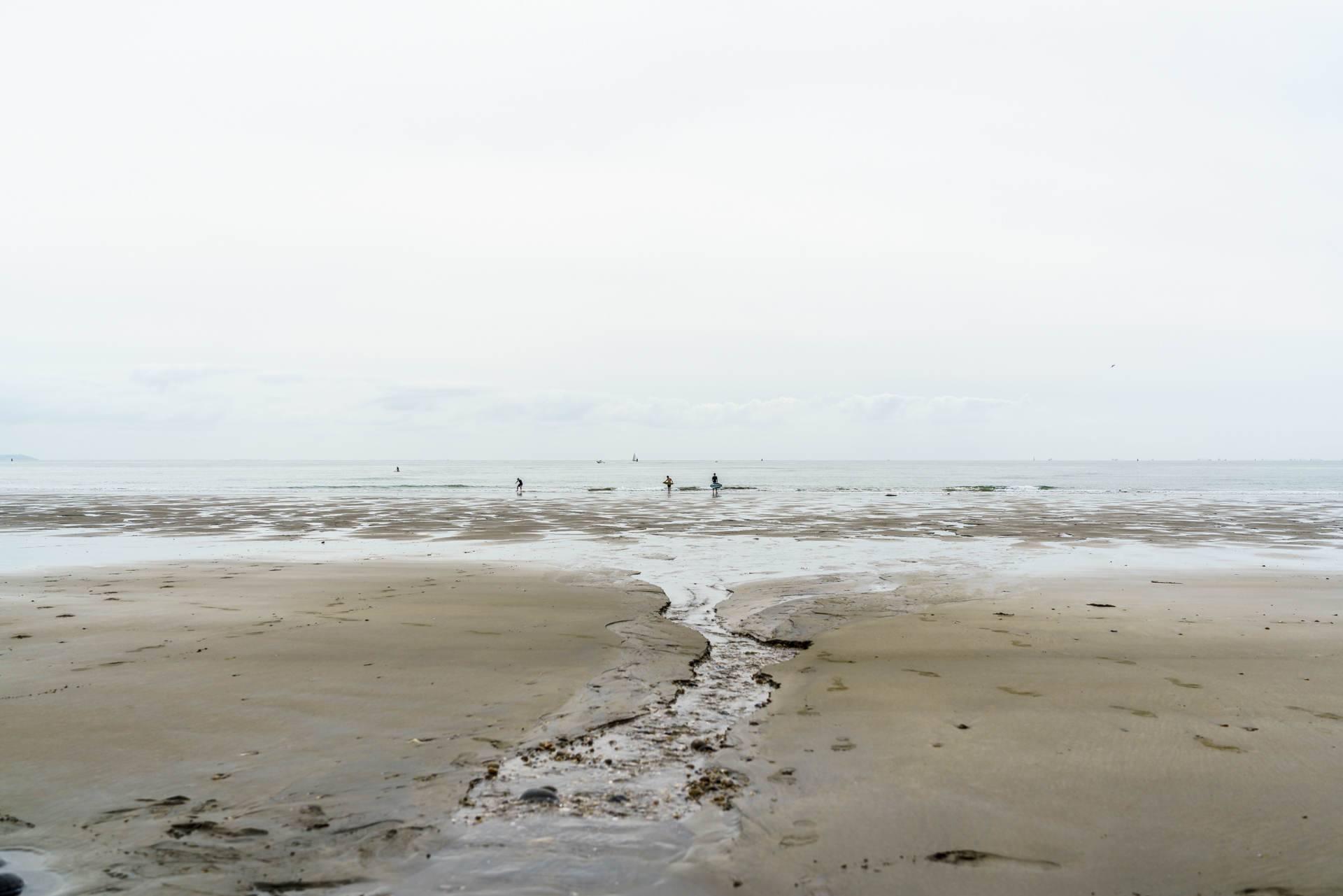
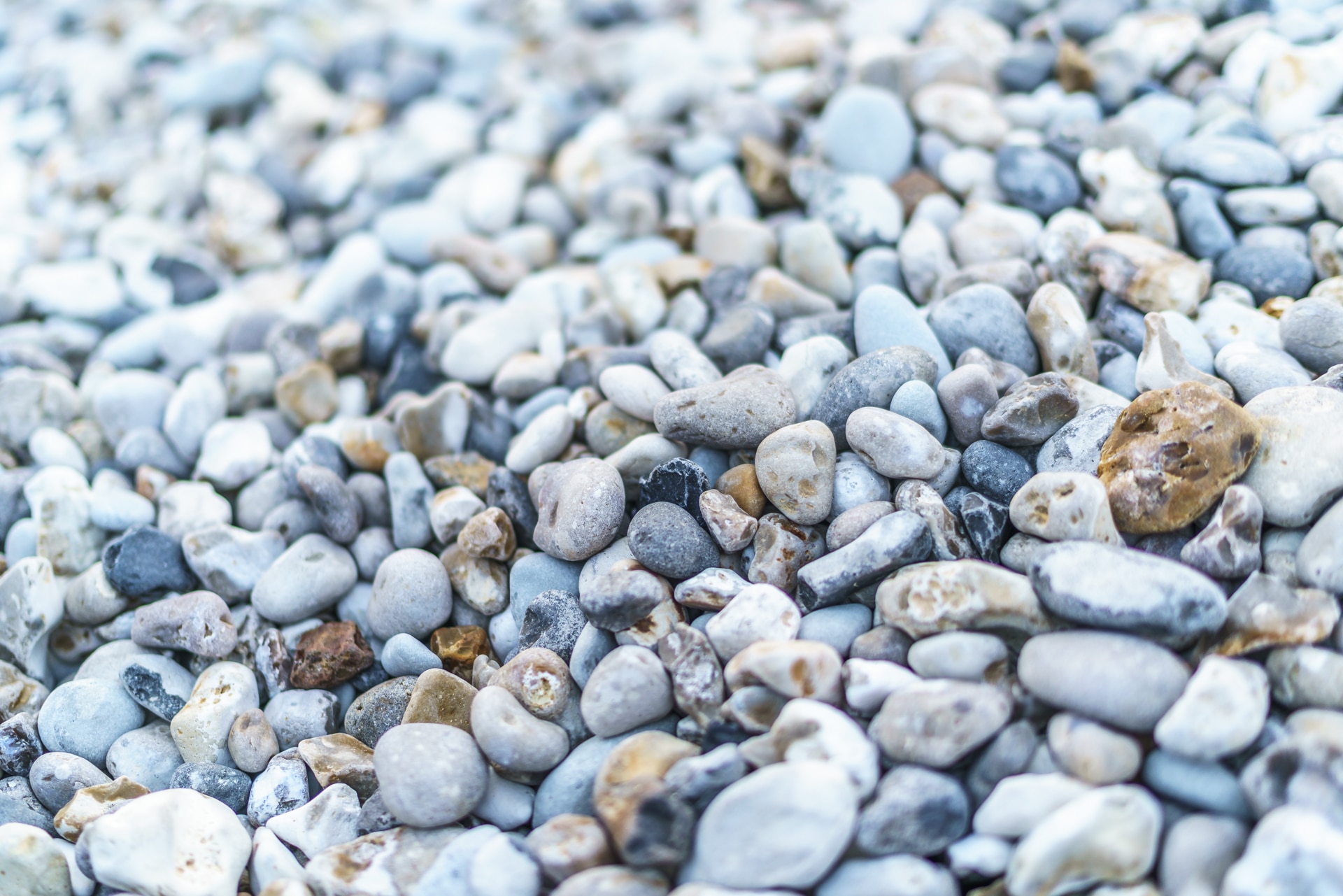
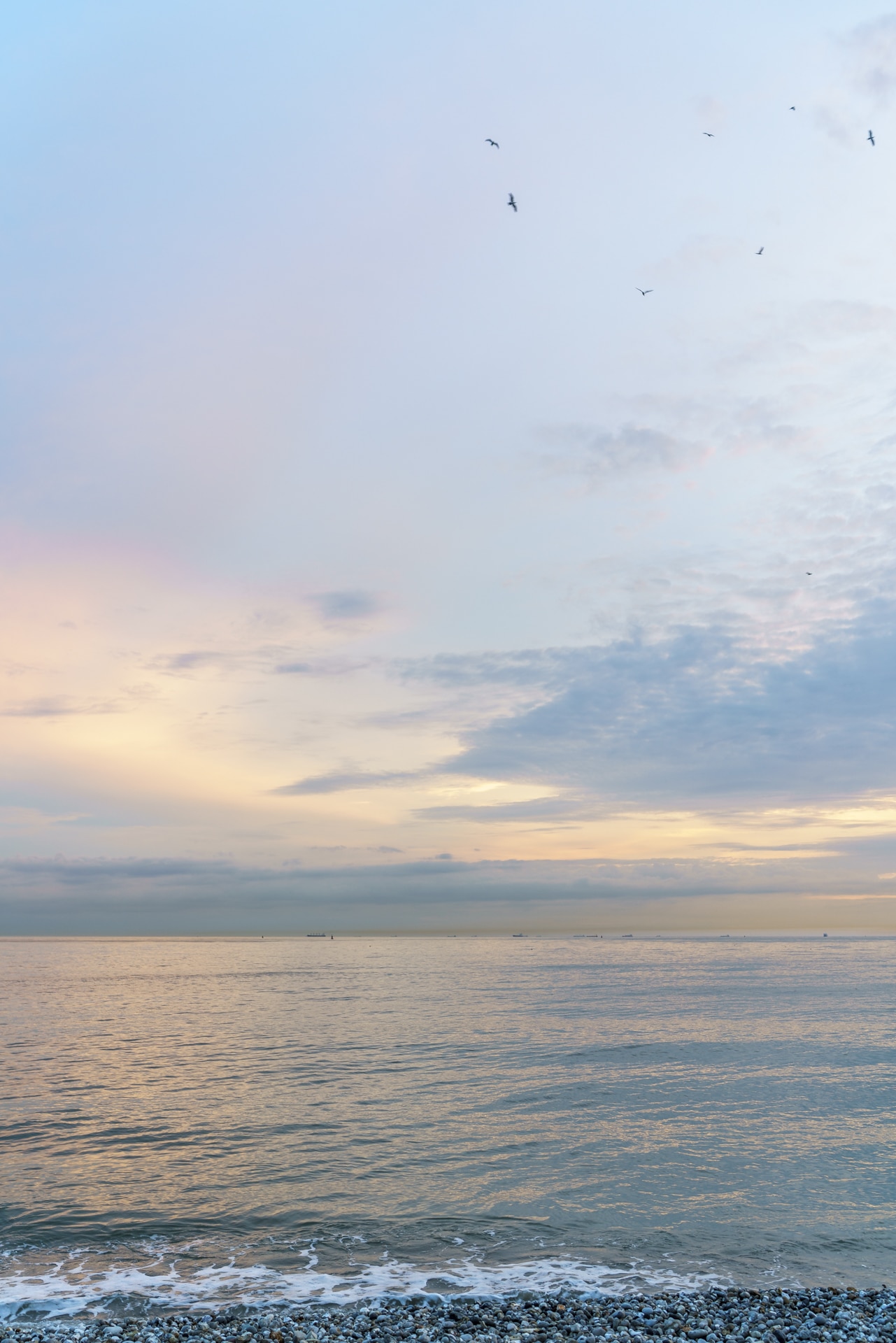


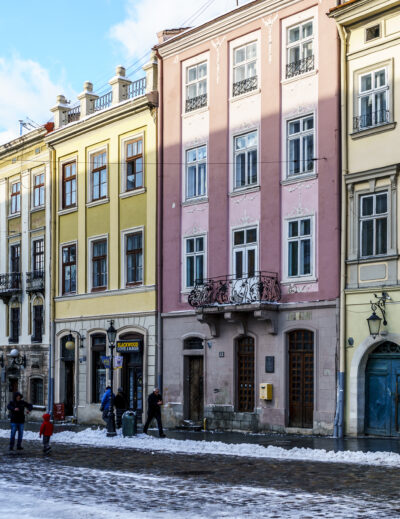
Leave a Reply